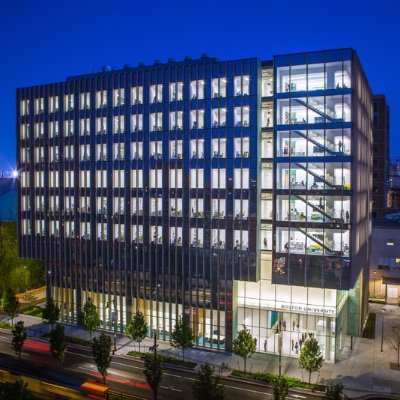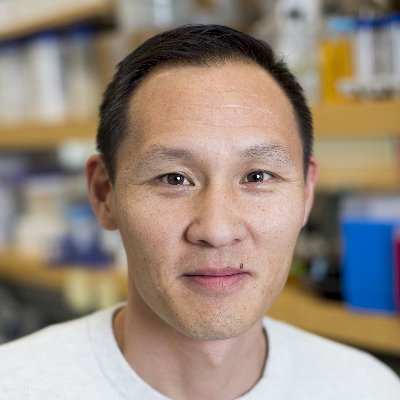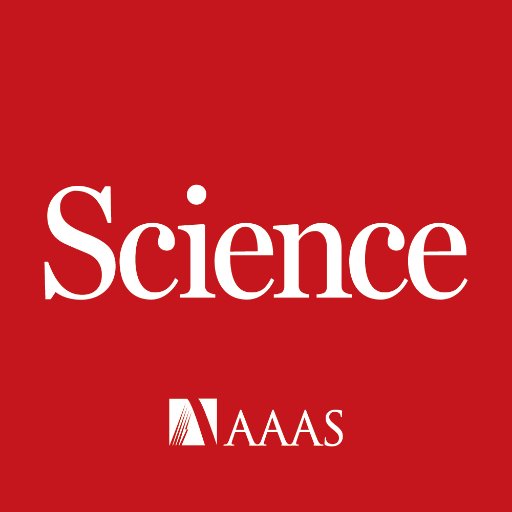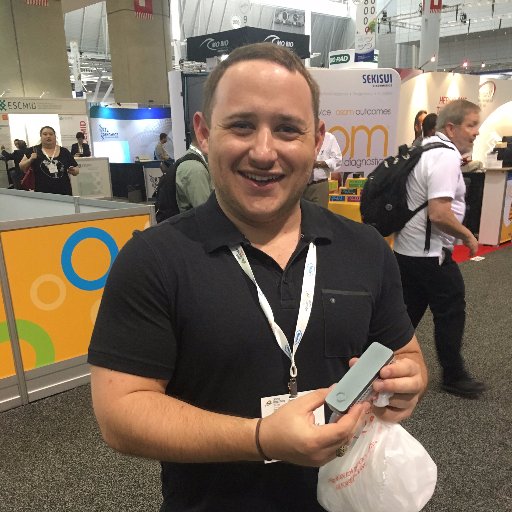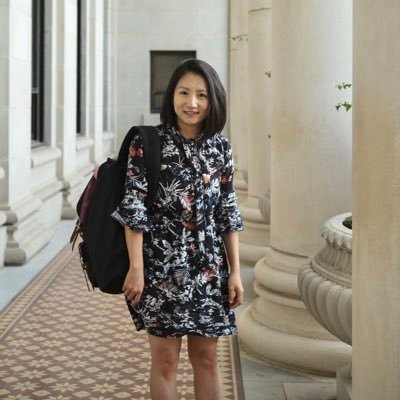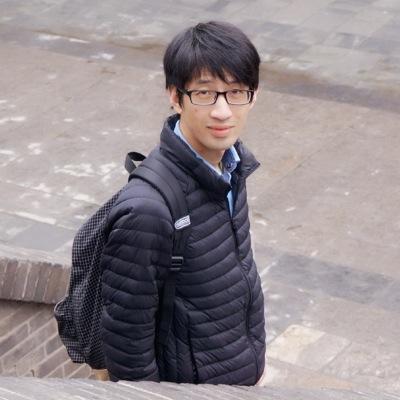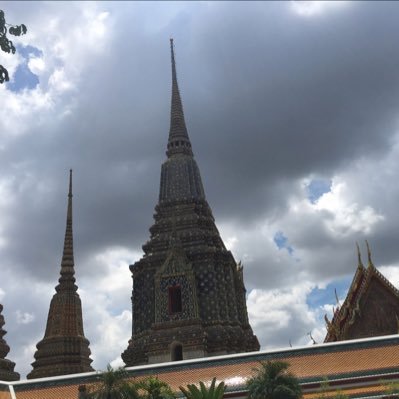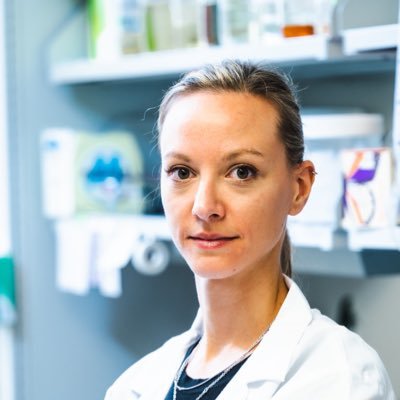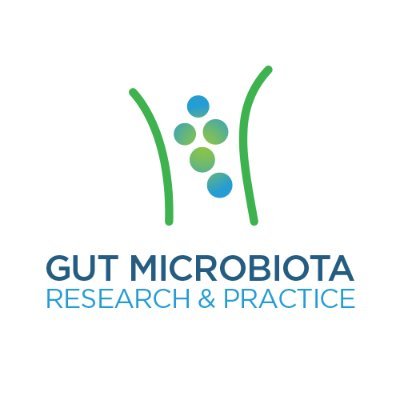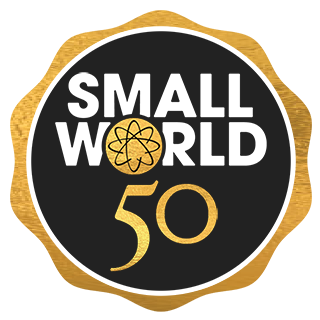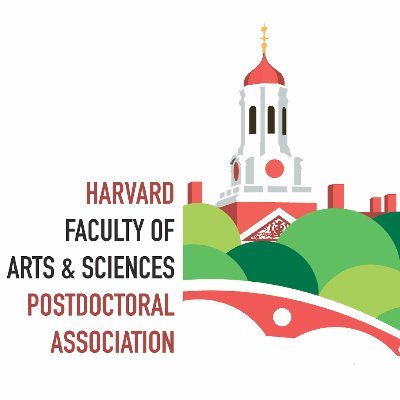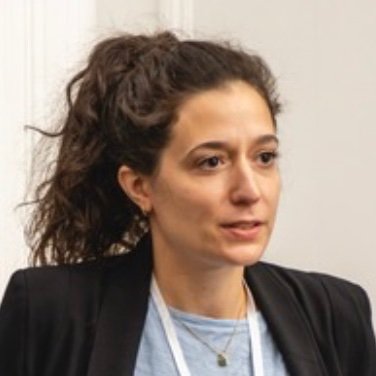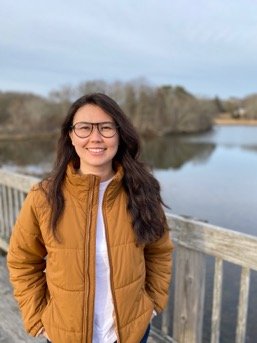
Pu-Ting Dong
@putingdong
NIH/NIDCR K99/R00 Fellow at the ADA Forsyth Institute, 2024 Rising Star in Engineering in Health; PhD at Boston University
You might like
My great honor, thank you!!@BostonU_BME
Pu-Ting Dong, one of the 20 BME Rising Stars, and a BU alumna, presents her work at her Lightening Talk Breakout Session.

Great event!!! Truly my great honor to be selected as a BU alumni!! @BostonU_BME
Welcome to our 20 Rising Stars on the first day of the workshop!

Our work on host-generated tRNA fragments in inhibiting oral pathobiont Fusobacterium nucleatum just came on line @putingdong @ISMEJournal . The chemical modification improves efficacy at nM range. Works against clinical isolates from colorectal cancer. nature.com/articles/s4139…
Out today from the Shi lab @StimulatedRaman Adam optimization-based pointillism deconvolution (A-PoD) is a broadly applicable super-resolution deconvolution algorithm that enables super-res SRS microscopy! nature.com/articles/s4159…

Our paper with @JMarkWelch, @MBLScience Revealing the microhabitat taxon specificity in corncobs structures of dental plaque is out! Here the link rdcu.be/cU1AL

In press. our paper with @JMcLean_UW, @BatbilegBor @JunLiuLab demonstrated the Exploitation of a Bacterium-Encoded Lytic Transglycosylase by a Human Oral Lytic Phage To Facilitate Infection @ageofthephage | Journal of Virology journals.asm.org/doi/10.1128/jv…
With some new additions, the Forsyth dentech CEO panel is all set. This star-studded panel includes some of the biggest names in oral health academia, industry, and venture capital. Join us for a riveting discussion on oral health innovation. @Sherlock_Bio forsyth.org/technology-dev…

Must read -- a comprehensive review of spatial profiling technologies, by three awesome friends and our previous #spatialomics seminar speakers @Prof_Lundberg, @hoheyn and Jeff Moffitt! nature.com/articles/s4157…
Photolysis of staphyloxanthin (golden pigment in the cell membrane of S. aureus) severely traumatizes S. aureus/MRSA. We then uncovered that photoinactivqtion of catalase sensitizes a wide range of pathogenic bacteria and fungi to ROS-producing agents!:):). @JieHui12




@AndreaGiometto’s talk was amazing. He described mechanical interaction and crowding effect on natural selection with extremely superb fluorescent colony imaging @HarvardMSI
Dr. Andrea Giometto shares some exciting findings on cell growth and motility. So many amazing findings being presented at todays @HarvardMSI annual symposium.

The next wave in Europe has begun

The Journey Begins! Bor Lab new website is up and running. Please learn about our research, team members (@ot_chip, @chauhanD91, @JettLiu_), publications and many more on our website. @ForsythResearch borlab.org

Wow — cells of the newly described bacterium Thiomargarita magnifica average ~1 cm in length, easily bigger than C. elegans nematodes or Drosophila fruit flies, and about 5,000 times the size of the bacteria most of us are studying. biorxiv.org/content/10.110…

Spatial-CUT&Tag! @ScienceMagazine, unfolding a new chapter of #spatialomics 🤗 . From my phenomenal postdoc @DengYanxiang of @YaleSEAS @YaleBME, @yalepathology @YaleMed @YaleCancer Thanks to awesome collaborators @GoCasteloBranco @marekbartosovic @PKukanja science.org/doi/10.1126/sc…
Excited to share this collaborative work @JMcLean_UW @BatbilegBor @bajenak published in @PNASNews. We present data showing the benefits of acquiring a novel pathway in the transition of Saccharibacteria (TM7) from environment to mammalian microbiome. pnas.org/content/119/2/…
Published today in @PNASNews, Forsyth researcher @he_xuesong & collaborator @JMcLean_UW have uncovered new insights about the genetic evolution of TM7, a group of ultra-small bacteria that have adapted to thrive living inside human mouths: forsyth.org/news/researche… #oralmicrobiome
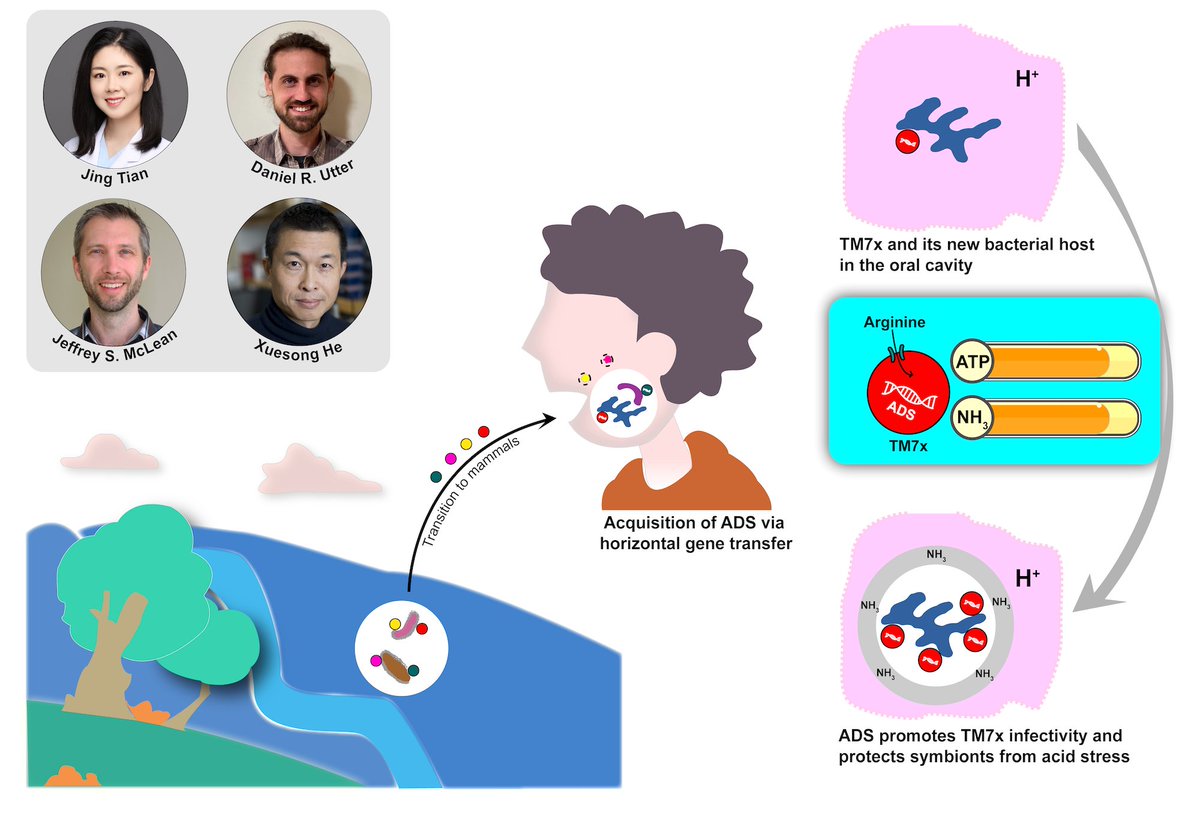
Some call her driven, attentive and thorough. Others say Nobel Prize laureate Emmanuelle Charpentier always looks for the unexpected. Herself, she quotes Louis Pasteur, “Chance favours the prepared mind”. Discover her path to the 2020 chemistry prize: bit.ly/33ID9RQ
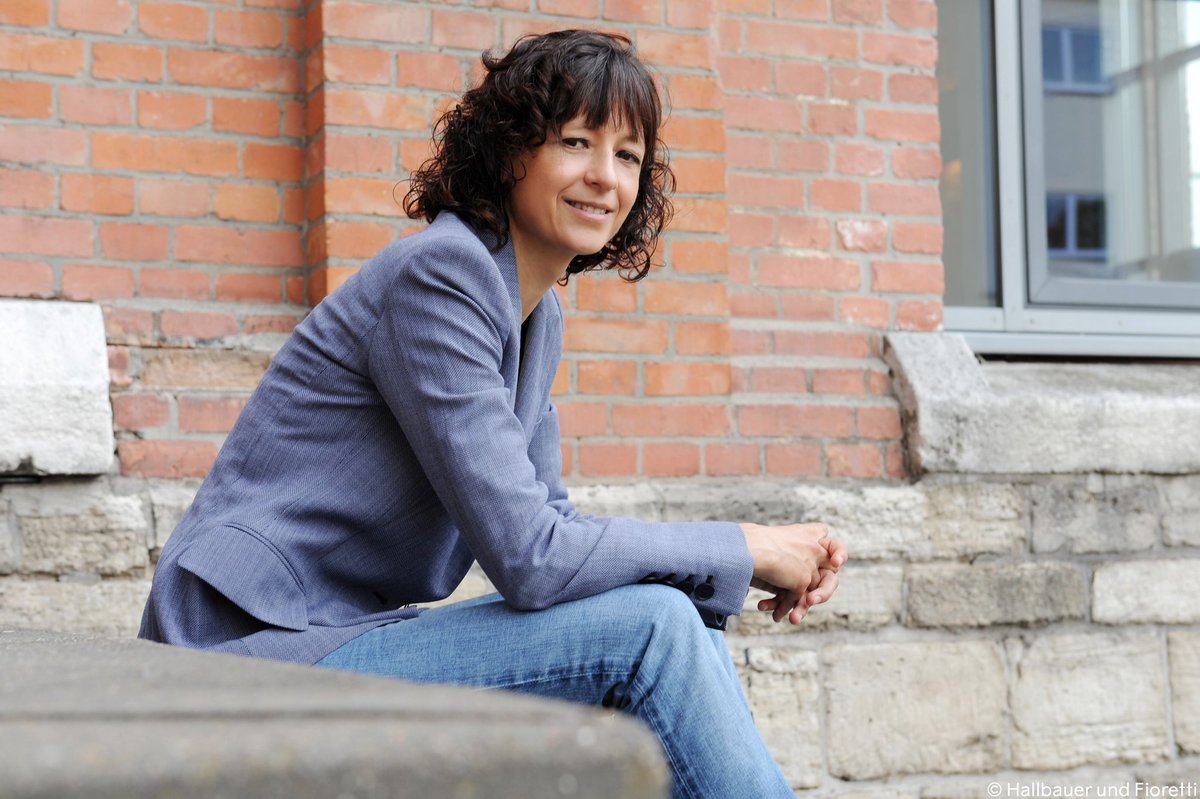
Forsyth scientist @BatbilegBor presents his work showing that ultrasmall episymbiotic Saccharibacteria suppresses gingival inflammation and bone loss through host bacterial modulation. #forsythsymposium2021

The event starts TOMORROW!
Register now for Forsyth’s Symposium (Oct.28th &29th) and Join a diverse group of scientists for networking and presentations on the latest research in #oralmicrobiome, biofilms, CPR, & more. #microbiology

On 10/29 at 1:30pm (New York), join us for the inaugural leadership webinar "Breaking Through the Bamboo Ceiling: Asian Americans as Leaders in U.S. Academia". More info and registration👉t.ly/VM5c


The quest to understand the maternal microbiota has uncovered exciting new discoveries about immune development in early life, while also transforming our understanding of how certain traits and diseases are passed through generations. fcld.ly/ook0glu #ScienceMagArchives

United States Trends
- 1. #FanCashDropPromotion 2,497 posts
- 2. hayley 13.6K posts
- 3. Summer Walker 29.3K posts
- 4. Wale 40.4K posts
- 5. #FridayVibes 5,838 posts
- 6. Good Friday 63.8K posts
- 7. Reid Hoffman 18.3K posts
- 8. #FursuitFriday 12.5K posts
- 9. Bubba 13.8K posts
- 10. Bill Clinton 72.3K posts
- 11. #FinallyOverIt 9,814 posts
- 12. Rondo 2,055 posts
- 13. #FridayFeeling 2,783 posts
- 14. Saylor 50.4K posts
- 15. SINGSA LATAI EP3 127K posts
- 16. Thomas Crooks 46.4K posts
- 17. Happy Friyay 1,855 posts
- 18. Go Girl 26.4K posts
- 19. Ticketmaster 7,786 posts
- 20. Ruby Bridges 2,251 posts
You might like
Something went wrong.
Something went wrong.



